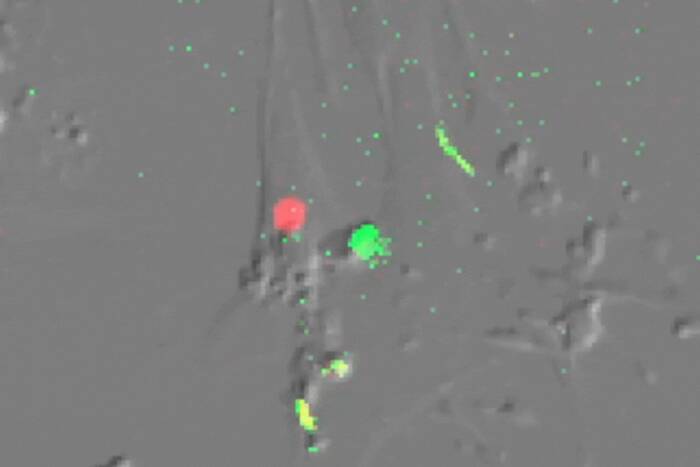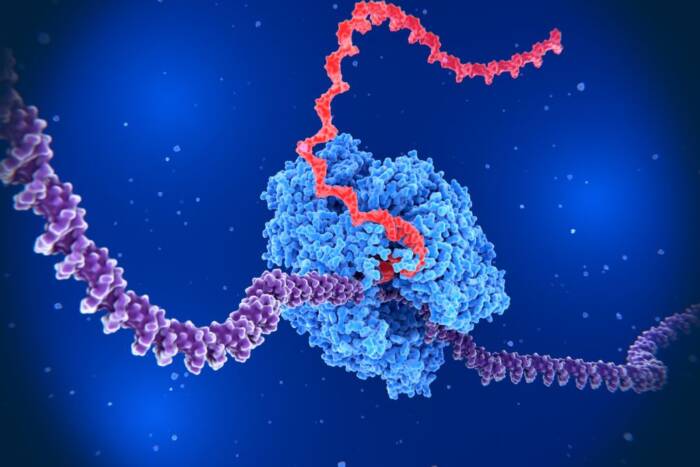Calling all personnel
Rockefeller University expands its electronic alert notification system to include all members of the campus community
by TALLEY HENNING BROWN
Send Word Now, an emergency alert system first implemented in 2005 to quickly communicate with “first responders” on campus during a disaster, has been expanded to cover all Rockefeller University e-mail addresses, phone extensions and university-issued cell phones. Starting this winter, Telecommunications will allow members of the university community to enroll their home and personal mobile device numbers as well.
SWN Alert Service, the core product offered by communications software provider Send Word Now, is an on-demand voice and electronic messaging Web portal designed to get information to all members of a large, widespread organization in real time. At Rockefeller, the service is used to announce and conduct follow-ups on fire drills, alarm tests and false alarms; for communications drills among patient-care personnel at The Rockefeller University Hospital; and, in case of a campus- or city-wide emergency, to alert first responders and communicate while emergency procedures are in play. The service, which is run by Telecommunications in concert with Security and administrative heads, integrates with the university’s existing telephone and e-mail systems.
As part of the ongoing effort to evaluate and strengthen the university’s disaster plan, the Emergency Preparedness and Response Committee joined forces with Security about three years ago to evaluate several third-party alert notification services, and eventually purchased a service contract with Send Word Now. Initially, about 300 members of the Rockefeller community who play first responder roles — loosely including members of Security, Plant Operations, Laboratory Safety and Environmental Health, LARC and the hospital — were enrolled. When an alert needs to be sent, authorized personnel access Rockefeller’s account on the Send Word Now server and choose which contacts on its list will receive the alert. Then the activator, usually the security officer on duty at the front desk of Founder’s Hall, types in a message and hits send. Within seconds, all contacts receive a phone call and an e-mail.
In May, the university announced plans to expand its contract to be able to add all members of the Rockefeller community to the contact list. Early this fiscal year, Telecommunications added all campus phone extensions as well as the e-mail addresses and mobile device numbers associated with those extensions. Now they’re working on adding the contact information of personnel who don’t have individual phone extensions on campus, and on November 14, the Dean’s Office sent a letter requesting contact information of all students who live in Rockefeller housing — which is outside the campus phone tree. Enrollment will open this winter for those who wish to add personal contact information, including home and cell phone numbers and personal e-mail addresses. “Expectations for rapid and accurate communications continue to increase. People expect it and technology now certainly allows for it,” says Amy Wilkerson, associate vice president for research support. “This service offers very cost-effective augmentation to our existing systems, providing wider coverage and flexibility than we can achieve with the university’s internal phone, paging and public address systems. Adding personal contacts will allow us to get the word out to everyone necessary even faster.” Telecommunications plans to send outreach and instructions for enrolling personal contact information to campus before the end of winter.


